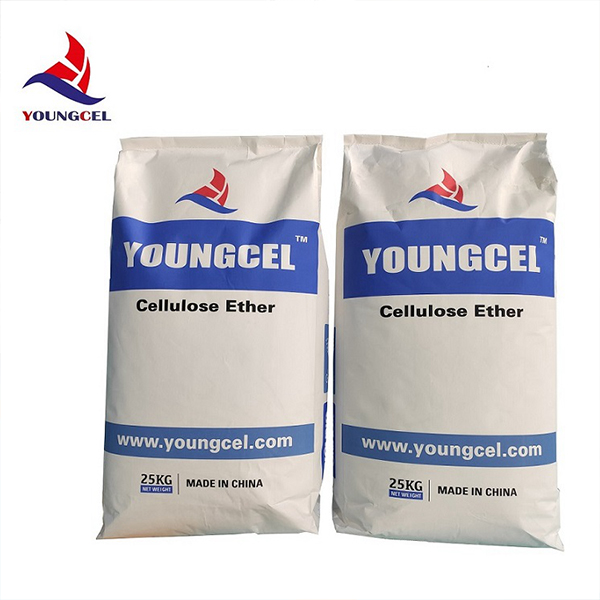The Impact of Price on Hydroxypropyl Methylcellulose (HPMC) in the Market
Hydroxypropyl Methylcellulose (HPMC) is a widely used synthetic polymer with a variety of applications across different industries, including pharmaceuticals, food, construction, and personal care products. The price of HPMC is influenced by several factors, including raw material costs, production processes, and market demand. Understanding the dynamics of HPMC pricing is crucial for manufacturers, suppliers, and end-users alike.
The Impact of Price on Hydroxypropyl Methylcellulose (HPMC) in the Market
Production processes also contribute to the pricing of HPMC. Different manufacturers may employ various techniques to produce HPMC, ranging from batch processing to continuous production methods. These methods can affect the efficiency of the production process, the quality of the final product, and ultimately the pricing. Manufacturers that invest in advanced technologies to enhance production efficiency may be able to offer more competitive prices, thereby influencing the overall market landscape.
price hpmc

Market demand is another key element driving the price of HPMC. The demand for HPMC has grown significantly in recent years owing to its diverse applications. In the pharmaceutical industry, HPMC is utilized as a drug delivery system, excipient, and thickening agent. As the pharmaceutical sector expands, particularly with the rise of biopharmaceuticals and generics, the demand for HPMC is expected to increase, driving prices higher. Similarly, in the construction industry, HPMC is used as an additive in cement and tiles, where it improves workability, adhesion, and water retention. As infrastructure development continues in emerging economies, the demand for construction-related HPMC will also affect its price.
The competitive landscape of the HPMC market further influences pricing. Multiple manufacturers worldwide produce HPMC, leading to a competitive environment that can drive prices down or stabilize them. However, the entry of new players or the consolidation of established companies through mergers and acquisitions can alter this dynamic, potentially leading to higher prices if competition decreases.
Global economic factors also play a significant role in HPMC pricing. Economic downturns can reduce demand across various sectors, leading to a decrease in HPMC prices. Conversely, economic growth can stimulate demand, resulting in price increases. Additionally, fluctuations in currency exchange rates can impact the cost structure for manufacturers, particularly those that rely on imported raw materials.
In conclusion, the pricing of Hydroxypropyl Methylcellulose is a complex interplay of various factors including raw material costs, production methods, market demand, and global economic conditions. For stakeholders in the industry, keeping abreast of these factors is essential for making informed decisions regarding sourcing, pricing strategies, and investment in production capabilities. As the market for HPMC continues to evolve, understanding these dynamics will be vital for maintaining competitiveness and ensuring sustainability in the face of changing market conditions.
-
Premium Detergent Grade HPMC Hydroxypropyl Methylcellulose: Superior Thickening & StabilityNewsAug.31,2025
-
HEC 100000 Hydroxyethylcellulose for Paint | Superior ThickeningNewsAug.30,2025
-
Wall Putty Rdp Powder Packaging DesignNewsAug.29,2025
-
Introduction to Hpmc Hydroxypropyl Methyl CellulosNewsAug.29,2025
-
Hpmc Industri Grade IntegrationNewsAug.29,2025
-
How to Choose the Right Construction AdhesiveNewsAug.29,2025




